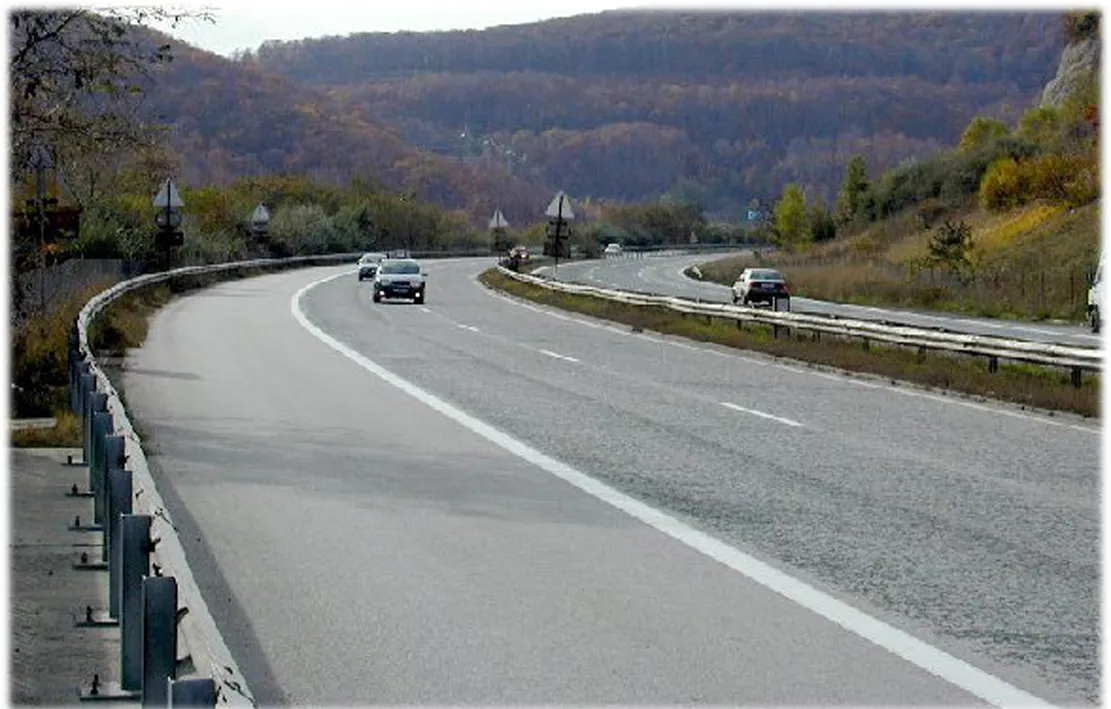A new bridge is being built linking Cameroon and Nigeria and spanning the Cross River where it forms the border between the two countries. Work on the new dual carriageway bridge has been delayed but the link should be complete and ready for traffic by the end of 2015.
The 276m bridge is being built by a Chinese contractor, China Civil Engineering Construction Company, with work having commenced two years ago following the tender process in 2011. Funding is being provided by the African Development Bank (AfDB). The new structure will take the place of the single lane suspension bridge currently connecting Nigeria with Cameroon but which has insufficient capacity for the traffic needs.
The new Cross River Bridge forms part of a wider project to connect the Nigerian city of Enugu with Bamenda in Cameroon, a distance of 443km. Some 240km of the highway route runs through Nigeria, from Enugu, though Abakaliki and to the border at Ekok. The remaining 203km is in Cameroon and runs through Mfum to Mamfé and Bamenda. As well as connecting Enugu and Bamenda, this new road link will also provide better transport connections to and from the Nigerian port of Calabar into neighbouring Cameroon.
Completion of the new route will improve trade and transport between the neighbouring nations, which has been hampered by inadequate links in the past. In addition to the new cross border bridge, there is another 100m long bridge on the route that spans the Munaya River, a tributary of the Cross River, in Cameroon.







